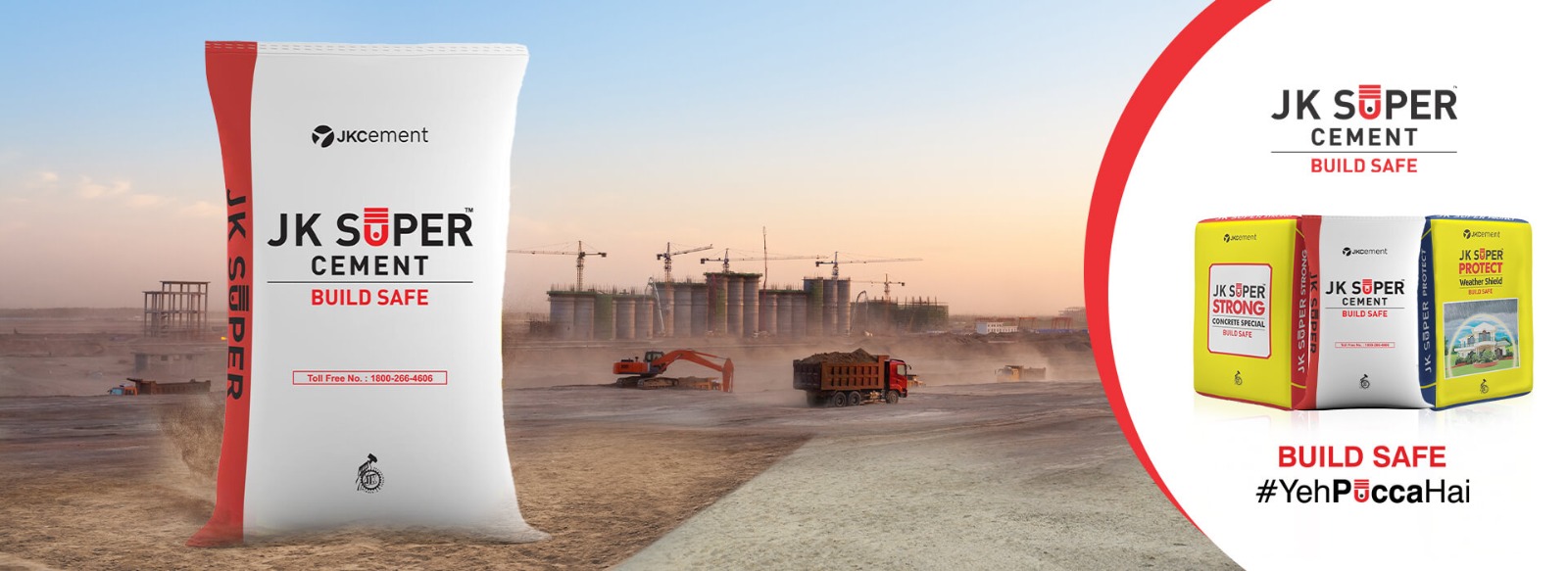DETERIORATION AND OBSOLESCENCE IN REAL ESTATE
Deterioration and Obsolescence in Real Estate
Real estate, a cornerstone of wealth and investment for centuries, is not immune to the inexorable forces of time and change. Two critical factors that can significantly impact the value of real estate properties are deterioration and obsolescence. In this article, we delve into these key concepts, exploring what they mean, how they affect property values, and strategies for managing them.
Understanding Deterioration and Obsolescence
Before delving deeper, it’s essential to grasp the fundamental differences between deterioration and obsolescence:
- Deterioration:
- Physical Deterioration: This refers to the wear and tear a property experiences over time due to natural elements, usage, or lack of maintenance. Examples include cracked foundations, leaking roofs, and aging plumbing systems.
- Functional Deterioration: Functional obsolescence occurs when a property’s design or layout no longer meets current market demands or technological standards. For instance, a house without a modern open floor plan may suffer from functional deterioration as buyers seek more spacious and open living areas.
- External Deterioration: Factors outside the property can also impact its value. These include changes in the neighborhood, such as increased crime rates, noise pollution, or a decline in nearby amenities.
- Obsolescence:
- Economic Obsolescence: This type of obsolescence arises from external economic factors affecting the property’s value. Examples include a recession leading to decreased demand for commercial properties or the construction of a major highway reducing accessibility to a residential neighborhood.
- Technological Obsolescence: Rapid advancements in technology can make properties outdated. For example, the absence of high-speed internet or smart home features can render a property less appealing to contemporary buyers or tenants.
Impact on Property Values
Deterioration and obsolescence can significantly affect a property’s market value:
- Reduced Marketability: Properties suffering from physical deterioration or functional obsolescence are often less attractive to buyers or renters. This decreased marketability can result in longer vacancy periods and reduced rental income.

- Lower Resale Value: When it comes time to sell, properties with significant deterioration or obsolescence issues may sell at a lower price, potentially leading to financial losses for the owner.
- Financing Challenges: Obtaining financing for properties with evident deterioration or obsolescence problems can be challenging. Lenders are cautious about providing loans for properties that may not retain their value.
- Higher Operating Costs: Properties with physical deterioration often require more frequent and costly maintenance, impacting the owner’s bottom line.
Strategies for Managing Deterioration and Obsolescence
Addressing these issues proactively can mitigate their negative effects on real estate investments:
- Regular Maintenance: Implement a comprehensive maintenance plan to address physical deterioration. Timely repairs and upkeep can extend a property’s lifespan and maintain its market value.
- Renovation and Updating: In cases of functional obsolescence, consider renovating or updating the property to align with current market demands. This can enhance its marketability and value.
- Stay Informed: Keep abreast of economic and technological trends that could affect your property’s value. Being proactive and adaptable can help mitigate economic and technological obsolescence.
- Diversification: Consider diversifying your real estate investments to spread risk. Different property types and locations may be less susceptible to the same forms of deterioration or obsolescence.
- Professional Guidance: Consult with real estate professionals, appraisers, and experts to assess and address deterioration and obsolescence issues effectively.
Conclusion
Deterioration and obsolescence are ever-present challenges in the world of real estate. Understanding the nuances of these concepts and implementing proactive strategies can help property owners and investors protect and enhance the value of their real estate portfolios. By staying vigilant and adaptable, real estate stakeholders can navigate the evolving landscape of property value and investment opportunities.


